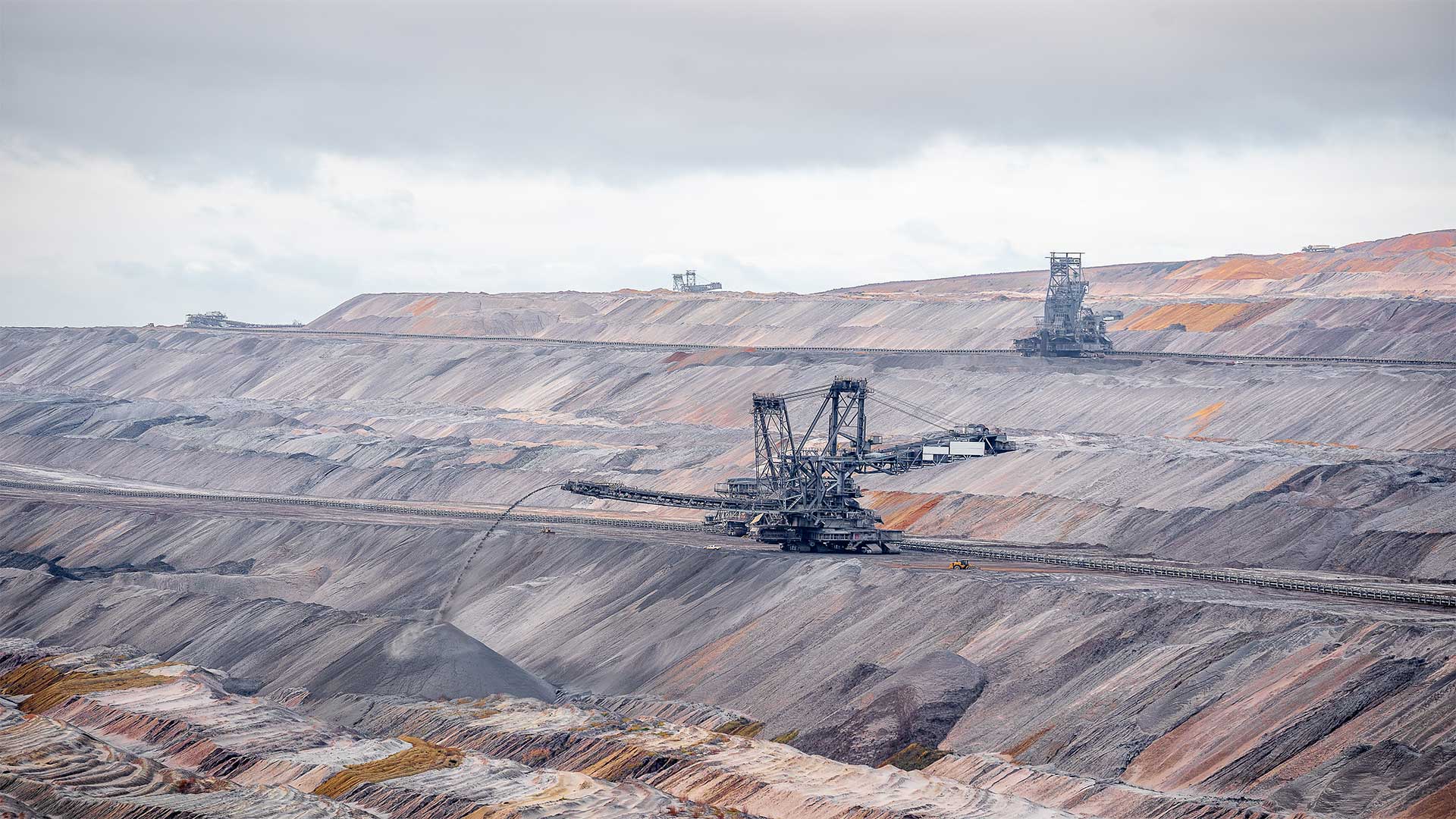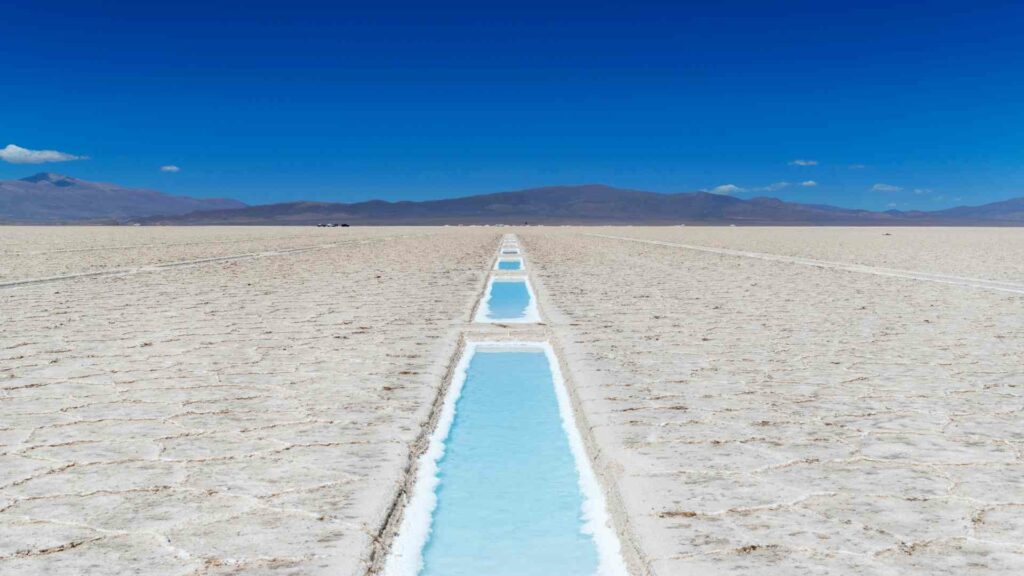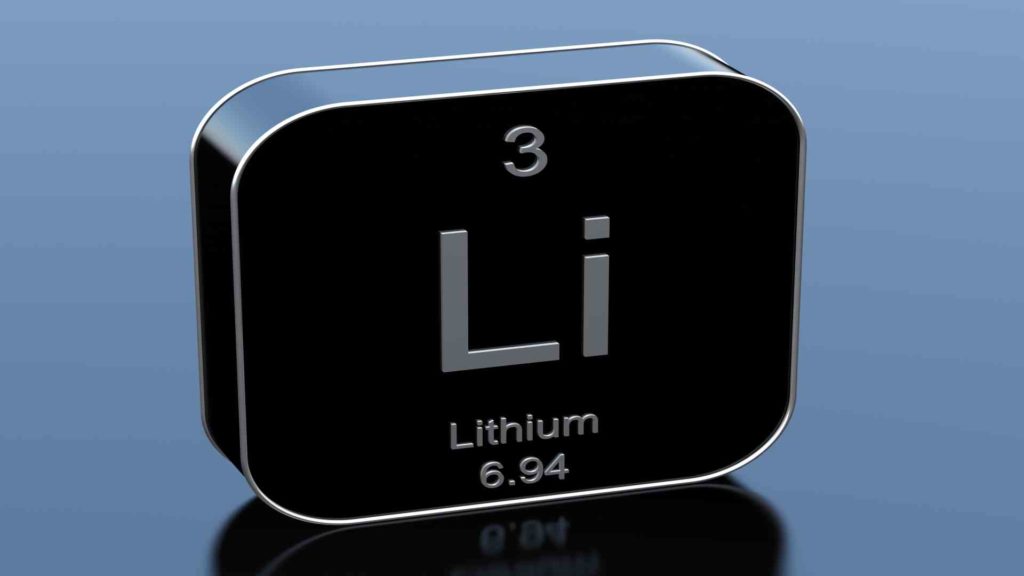Boron, a naturally occurring element in the earth’s crust, is extracted from multiple sources globally, with major producers including Turkey, China, and the United States. The widespread distribution of boron deposits across different countries has led to its widespread mining.

This is a long process that involves many steps. They use concentration or mineral processing techniques like dissolution, evaporation, crystallization, etc. Borate minerals are concentrated into various grades that correspond to their particular use.
Firstly, Borax ore is extracted from the ground and mined out of its natural location. This can take up to two years before it becomes fully operational. The next step is separating the minerals from each other using large pieces of equipment called crushing mills or grinding machines. Finally, you get a low-grade Borax product with an estimated 40% purity level. This Borax is then processed to create a white powder and later sold to Borax buyers.
The process of Boron mining is around for years. And it is likely to continue in the future with more advancements as technology continues to advance. It is not only about mining boron. The process also is about knowing how and where it is useful. There are many opportunities out there for companies looking for this type of mineral ore. It ranges from water treatment facilities using an acid-borate solution to chemical plants that need purified boric acid.
Where is Boron Mined?
Mining boron is an essential part of many countries’ economies. From the US to Turkey, here are some nations that rely on mining this powerful element
1. Turkey
The most popular country for the extraction of boron is Turkey. Because they produce around 18 million metric tonnes annually. It is possible due to their high-grade deposits on account of ancient volcanic activity. Additionally, they have excellent, well-established mining and extraction plants.
Turkey mines boron to produce other minerals such as apatite, dolomite, colemanite (calcium magnesium carbonate), and sylvinite (potassium chloride salt). It is also a major player when it comes to boron production over time. It produces more than one million tons per year. And this number continues to grow each year as well.
The Turkish Borax & Chemical Company produces about 40 percent of the world’s boric acid market. It was founded by Kemal Ataturk as a state company in 1924 to help supply chemicals for domestic use.
More than 60% of the world’s boron is from Turkey and China, with smaller amounts coming from Morocco.
2. China
It is the largest producer of boron in mining. Because China mines and processes more than 44 million metric tonnes annually. In 2016, China produced about $12 billion worth of minerals.
The country also mines boron for producing its privately-held range of products using this mineral. It includes the manufacture of glassware, porcelain cups, or plates for the food industry. Boron is a part of the electrical insulators in the power industry and borosilicate glass for laboratory glassware.
China had been mining more than 85% of all lithium-ion battery materials for some time. The country also produces up to two-thirds of the world’s Boric acid.
3. India
Indian companies are major players in the Boron mining industry. Several Indian companies are exploring and producing borax for over a century now largely. It is mainly due to its strategic location on one of the world’s most important trade routes.
The carboxyl group from the Indian plants is exported by the leading pharmaceutical company called Ranbaxy Laboratories Ltd. They export it primarily under the brand name “Ranipet”. It has become synonymous with synthetic boric acid worldwide.
The major producer of Boron in India is Indian Rare Earths Ltd., It was established on 15 March 1966 with collaboration from Nippon Steel & Sumikin Engineering Co., Japan. It has a production capacity for Boron minerals up to 4800 metric tons per annum (MTPA). Its unit is present in Kudremukh near Karnataka’s Western Ghats Mountain Range.
4. The United States
The role of the US in Boron mining is small. Because they produce only about 18.38 million metric tonnes per annum. However, it is the second-largest producer after China. The US is the second leading producer of boron in mining with approximately 21 million metric tonnes annually.
The world’s largest producer of purified sodium borate salts or “Borax” mines are found primarily in California, United States. There is one mine located near San Jose de Puebla, Spain as well.
Canada has a total of four mines where you can mine borates. And it is the third-leading producer with about six million metric tonnes annually.
Who are the Major Players in Boron Mining?
Boron mining has seen substantial advances in recent years, and several key players have taken the lead. Let’s take a look at some of these boron mining companies.
1. Rio Tinto Group
Rio Tinto Group dominates the Boron mining industry currently. It is a British-Australian multinational company with headquarters in London. The group has been operating for more than 130 years and employs around 34,000 people across the world. Rio Tinto Group’s revenue was $33 billion in 2017.
Rio Tinto Group operates, mines, and processes plants for borates. The Group has operations in three mineral-rich regions namely Australia, America as well as Africa. Rio Tinto Mines Ltd works with its headquarters in Perth, Western Australia while Rio Tinto Borax Inc operates out of Coalinga, California.
It also owns several mines across North America including Kennecott Copper Corporation. This produces copper and molybdenum in the Navajo Nation near Arizona’s Grand Canyon. The group also operates two boron plants – one each in Texas and Canada. It finishes the raw materials produced by other mining companies like Imerys SA or Saint Gobain S A. Finally, they produce products like building materials, glass bottles, or paintballs (TNT).
2. US Borax (Owned by Rio Tinto)
US Borax is a publicly traded company that operates in the mining industry. It is a part of the Rio Tinto Group as well. The Company’s main operations are in its Nevada boron mine, and in its California borate mines. It extracts minerals from ore-bearing materials, including clay shale rock on the surface of the earth. And also from underground deposits of water-soluble salts deep within the Earth’s crust. US Borax has been operating since 1889 and has headquarters in Los Angeles, CA. They run with production facilities in Ridgecrest, California; Brawley, California; the Mojave Desert near Daggett, California.; Lancaster County Pennsylvania; Carson City Nevada.
US Borax’s market capitalization stands at $2 billion as of June 30th, 2016. The Company employs approximately 600 employees in the US, Canada, and Mexico.
It operates on five continents – North America, South America, Africa, Europe, and Asia. And it exports to over sixty countries with major customers including India; Brazil; China; United Arab Emirates (UAE); Saudi Arabia; Taiwan Province of China (Taiwan) and Japan. The company is in operation for more than 125 years globally across six continents and employs 600 employees in the US, Canada, and Mexico. They are developing one of the largest boron mines outside of Chile at Ridgecrest in California’s the Mojave Desert.
3. Orocobre Limited
Orocobre Limited is a mining company from Australia, with operations in Argentina. They primarily help with the extraction of borates from open-cut mines on the Atacama salt flat in Chile. The company also has exploration properties for copper, uranium, and gold.
Orocobre is a company that is in the boron mining industry for over three decades. They are one of two active companies currently extracting borates from the Salar de Atacama, located in Chile. The company’s current activity consists mainly of managing and surveying its existing operations with a limited exploration component. Orocobre also operates an integrated lithium project called Minera Florida where it produces both lithium carbonate and potassium chloride as by-products of its mining activities.
Boron mining by Orocobre Limited is a leading producer of borates and co-product lithium. The company has successfully developed world-class deposits in Argentina, the second-largest producer of borate minerals globally.
The company’s flagship project at Olaroz Pampa is in Jujuy Province, Argentina. And it currently produces approximately 20% of the global supply with an estimated 40 years of mineable reserves. Other projects underway include salt lakes Salar del Hombre Muerto and Salinas Grandes where exploration programs are ongoing for future production opportunities.
Orocobre also owns 50% interest in the Cauchari-Olaroz project. It includes three mineral concessions covering more than 16,000 hectares in the provinces of Salta and Catamarca, Argentina.
4. Etimaden
Etimaden is home to boron mining for over 30 years, and today it is one of the world’s largest producers.
In the early 2000s, Etimaden invested in boron mining to provide raw materials for its metal refining business. Recently, there is a surge of interest in boron as an additive to steel products. Because it can reduce corrosion and increase strength without compromising quality or performance.
Boron is also useful in glass production and pharmaceutical manufacturing. The company’s diversification strategy into different markets should help it sustain growth going forward with increased demand for its product. This is due to rising global trade tensions and environmental regulations such as California’s emissions standards. It requires carmakers to use cleaner fuels by 2030.
Etimaden announced that they are building on their success by investing in new boron mines.
5. 5E Advanced Materials
FEAM (5E Advanced Materials) owns the Fort Cady Borate Mine in California. They host a multi-generational Borate resource where boric acid, borate specialty materials, gypsum, and potassium sulfate are produced for the global market. FEAM aims to become a globally significant advanced materials provider with a focus on specialty fertilizer applications as well as high-value borate specialty products.
The company’s products are in demand for:
- Use in global decarbonization initiatives;
- Clean energy generation;
- Food security; and
- Electrification of transport.
Conclusion
Mining for boron is a lengthy and difficult process. Ever-increasing demands of our society for innovative materials with boron as an ingredient are driving demand. Boron is in use in energy-saving materials, for carbon reduction, to improve productivity in the global food chain, and as an ingredient with multiple applications and benefits in business and consumer goods.





